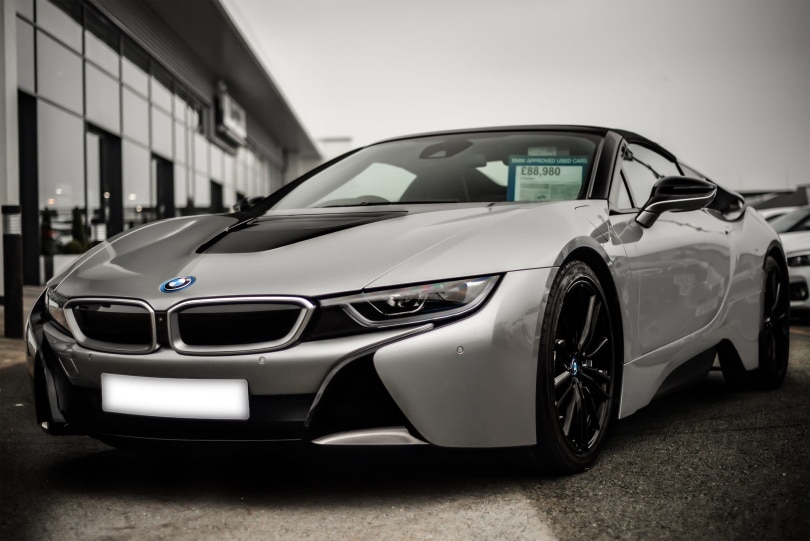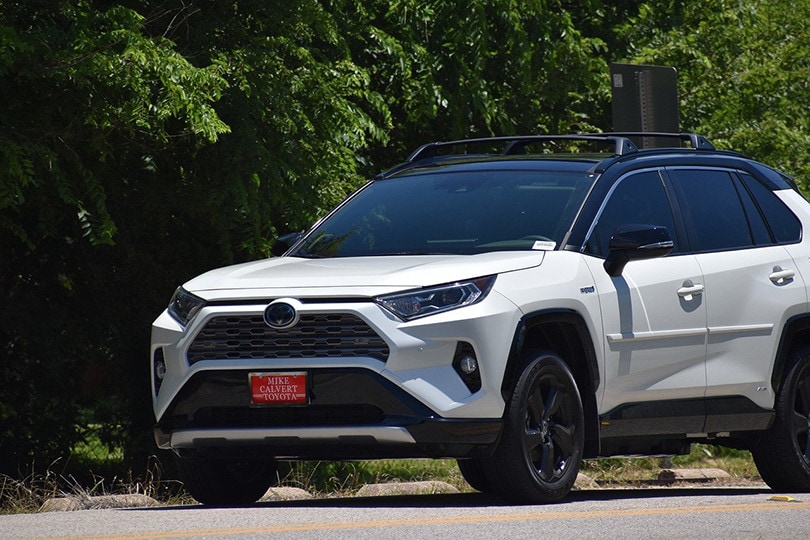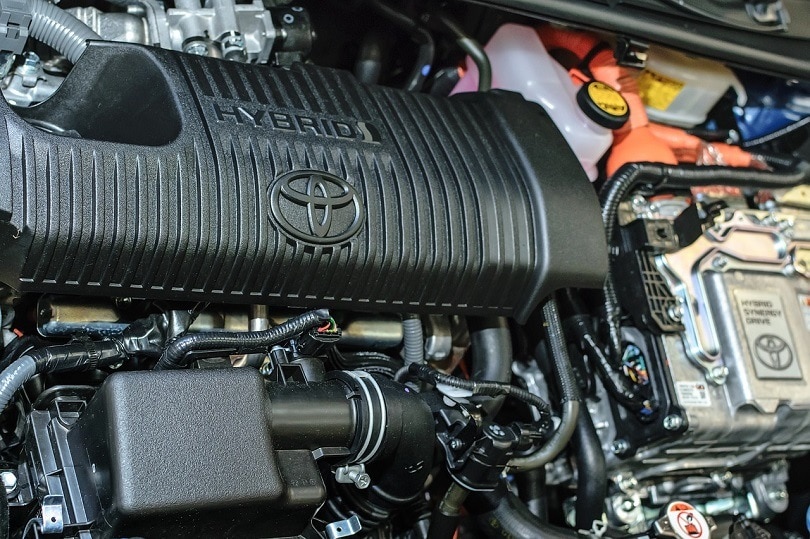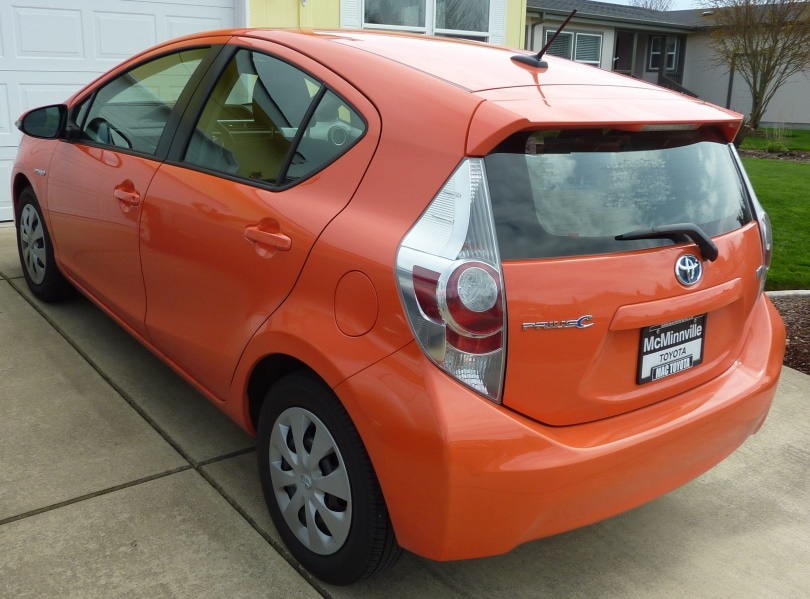How Do Hybrid Cars Work? Do You Have to Charge a Hybrid?
-
Pete Ortiz
- Last updated:

Hybrid vehicles are different from all-electric and gasoline vehicles. They use both an internal combustion engine and an electric motor to keep the car going. Unlike traditional plug-in hybrids, most hybrid vehicles do not need to be plugged in to keep their electric motor powered up.
Keep reading to learn more about hybrid cars and how they work.
What Is a Hybrid Car?
To understand how hybrid cars work, you need to understand what this car type is. A hybrid electric vehicle, sometimes called an HEV, has two different energy sources. It has an internal combustion engine, much like a gasoline-fueled vehicle, and one or more electric motors.
The benefit of selecting a hybrid vehicle is that they have the power and convenience of traditional vehicles while also having higher fuel economy and lower tailpipe emissions. Although hybrids are a bit more expensive upfront, they can save you some money through fuel savings and state incentives.

How Are Hybrid Cars Different from Other Vehicles?
To further understand what a hybrid car is, it’s helpful to compare it to other vehicle types. For example, gasoline-powered vehicles use a combustion engine alone. This gas power makes the vehicle strong and powerful, but it isn’t great for the environment and results in a loss of energy.
In comparison, all-electric vehicles use an electric motor. They must be charged up because the energy stored from braking regeneration is simply not enough to make your car go.
A hybrid offers the best of both worlds. It is just as powerful as a gas-powered model, but it is better for the environment and has better fuel economy, much like all-electric vehicles. It does this by offering both a combustion engine and an electric motor.
How Do Hybrid Cars Work?
The combustion engines in hybrids work in conjunction with electric motors. What happens is that the combustion engine works just like it does with a regular vehicle. What makes the hybrid car different is that the combustion engine and regenerative braking charge the battery from the electric motor.
In regular vehicles, energy is lost whenever you touch the brake. By using an electric motor, the motor serves as a generator in that it can store that lost energy. That energy is then put back in the vehicle for maximum efficiency.
The vehicle can use the stored energy in numerous ways. For starters, the extra power means that the engine does not have to be as large as it is in other vehicles. It can also help to pull auxiliary loads and reduce idling. This increases the fuel economy of your vehicle without sacrificing any performance.

Do Hybrid Cars Need to be Plugged In?
Unlike all-electric vehicles, regular hybrid vehicles do not need to be plugged in. In fact, there will be no way to plug the vehicle into a wall outlet or some other type of charging equipment. Just fuel the vehicle up with the regular fuel source, and it is ready to go.
That being said, there are some hybrid vehicles that can be plugged in. Plug-in hybrid electric cars, or PHEVs, use another fuel source and an electric motor, just like other hybrid cars. The difference is that the batteries can be charged through regenerative braking, ICE, or a wall outlet and charging equipment.
It should be obvious whether you have a regular hybrid car or a plug-in hybrid electric car. The name of the vehicle in and of itself should tell you whether it is a plug-in hybrid or not.
Are Hybrid Cars Self-Charging?
In a way, hybrid cars are self-charging. Almost all hybrid vehicles have a regenerative braking mechanism. This mechanism allows the battery to store energy and stay charged up just with you hitting the brake. This fact makes it feel like the hybrid cars are self-charging when the energy produced by braking is what is causing the battery to get energy.
Even plug-in hybrid vehicles have this self-charging mechanism. As mentioned above, there are multiple ways that plug-in hybrids can get the power they need, with regenerative braking being one of the options. Plug-in hybrids just have the additional option of plugging the vehicle into some sort of port.
What Happens If You Don’t Charge a Hybrid?
Nothing will happen if you don’t charge a hybrid. Since most hybrid vehicles cannot be charged, the vehicle will act exactly as it should if you don’t charge it. The vehicle will pull its electric power from the regenerative braking mechanism while using the combustion engine. For plug-in models, the vehicle will get its power from the braking mechanism as well.

Related Read: 10 Hybrid Car Statistics And Facts
Final Thoughts
In conclusion, hybrid cars work by combining the power of an internal combustion engine with an electric motor. As a result, hybrid vehicles have better fuel economy without sacrificing power and convenience.
Most hybrid vehicles don’t need to be charged up either. Instead, you use your car as normal, fill it up with gas, and drive. The electric motor will come in handy whenever you press on the brake so that the extra energy can be utilized in your vehicle.
Featured Image Credit: Capritography, Pixabay
Contents


